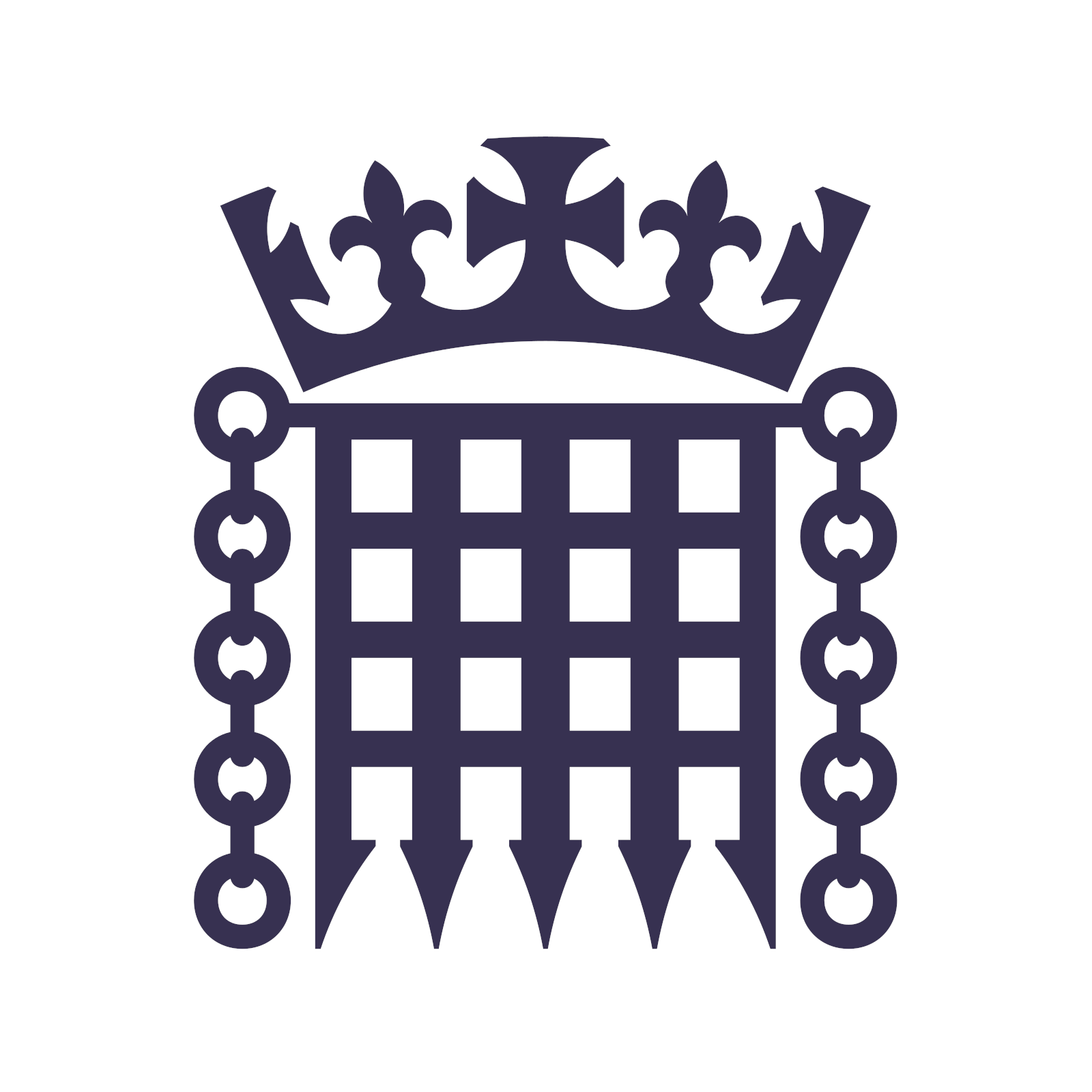A projection of how the election results would look if we used Additional Member System (AMS), like in Scotland and Wales.

| Party | AMS | FPTP | Seat change |
|---|---|---|---|
| Labour | 236 | 411 | +175 |
| LibDems | 77 | 71 | -6 |
| Green | 42 | 4 | -38 |
| SNP | 18 | 9 | -9 |
| Plaid Cymru | 4 | 4 | 0 |
| Reform | 94 | 5 | -89 |
| Conservative | 157 | 121 | -36 |
| Northern Ireland | 18 | 18 | 0 |
| Other | 4 | 6 | +2 |


https://www.parliament.uk/about/how/elections-and-voting/voting-systems/
I don’t even know how STV would work for electing MPs. That’s for electing groups of people?
AV to rank the candidates would make sense, unless I completely misunderstand STV.
You’d merge constituencies together and have multiple representation. For example: 5 neighbours become one region and elect 5 people.
An additional benefit is that people have a choice of representative to go to when wanting to consult “their MP”. None of this “I want to talk about the homelessness problem in my area but my MP is a Tory” issue.
So let me understand the proposal. We merge MP regions so each Labour/Tory candidate is running against their respective Labour/Tory candidate in another region in addition to the opposition in their opponent’s in their existing constituency?
I assume the purpose of this system is it allows an independent to capture votes from multiple areas, so fringe groups will get minor representation instead of the least popular candidate from the major parties?
[Edit] And if you only have a candidate in your area for your favourite party doesn’t tow the line and is marginally racist, you can vote for another candidate for that party that fits your taste?